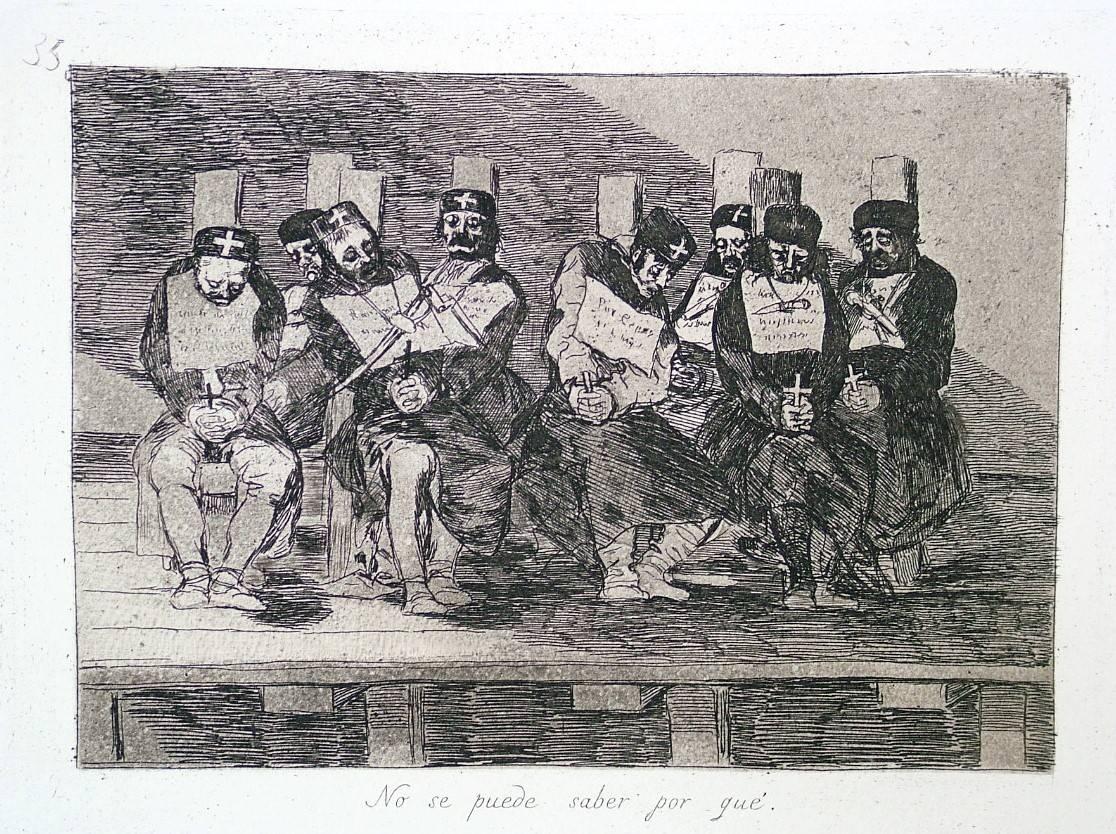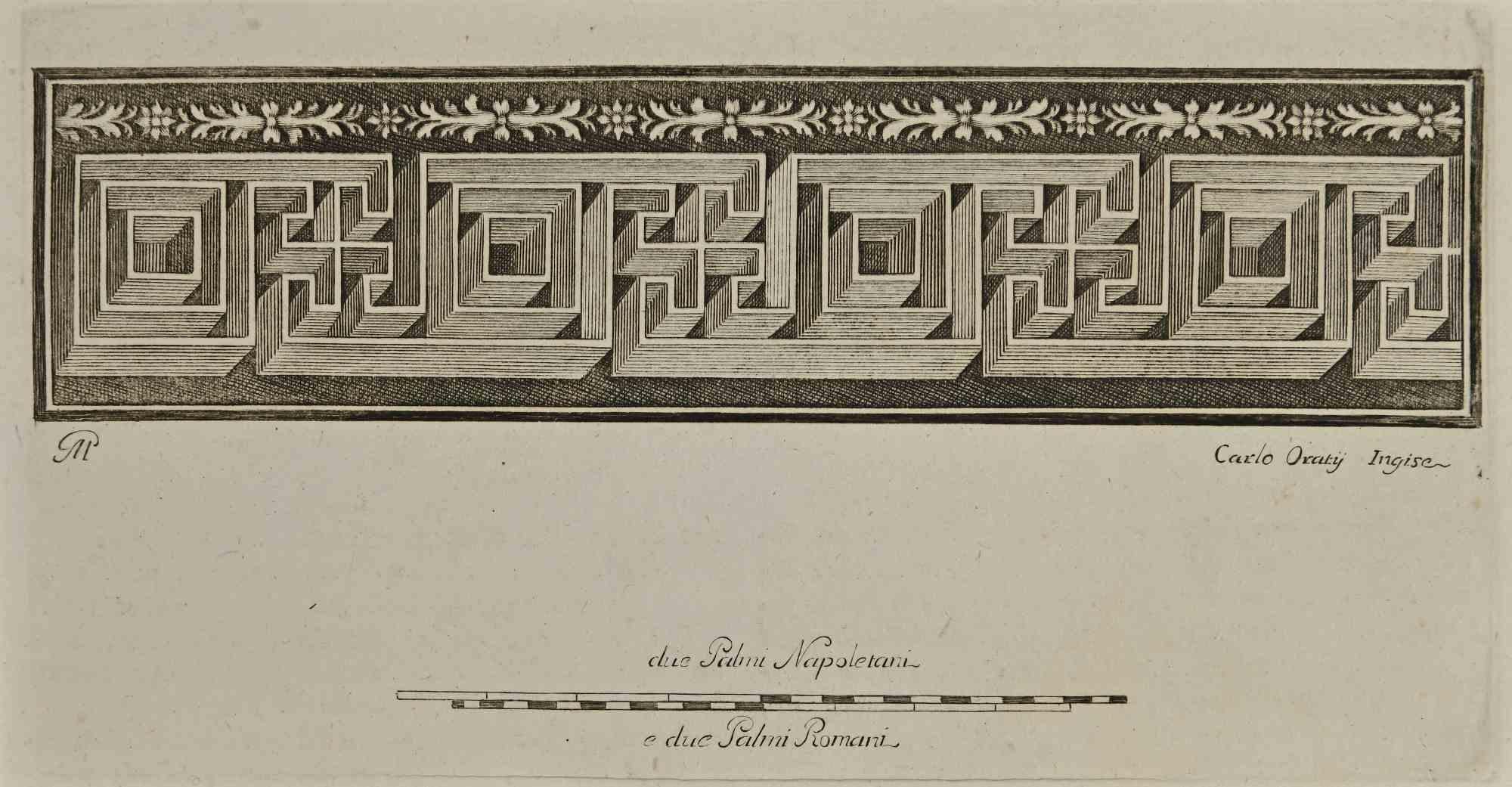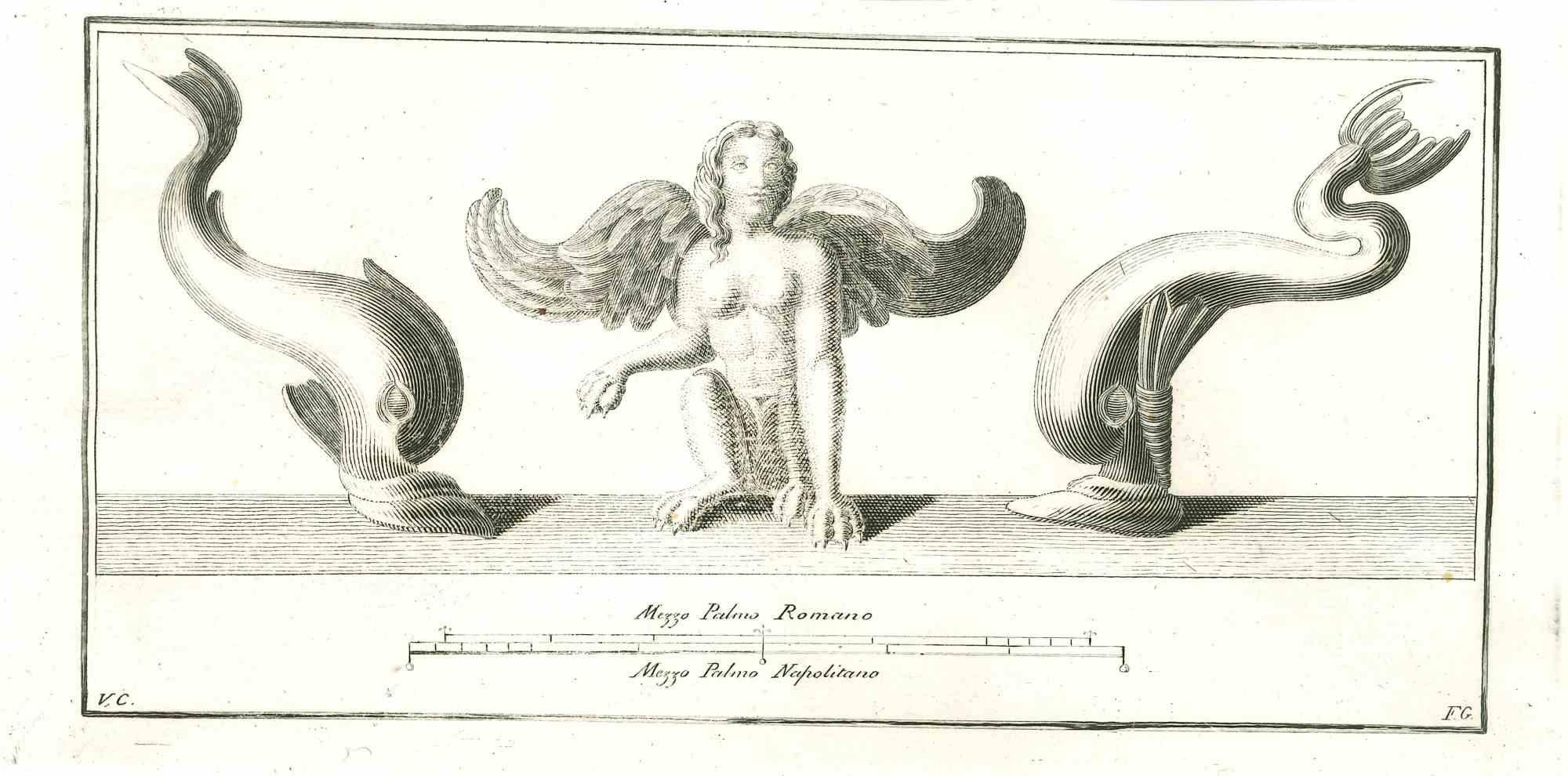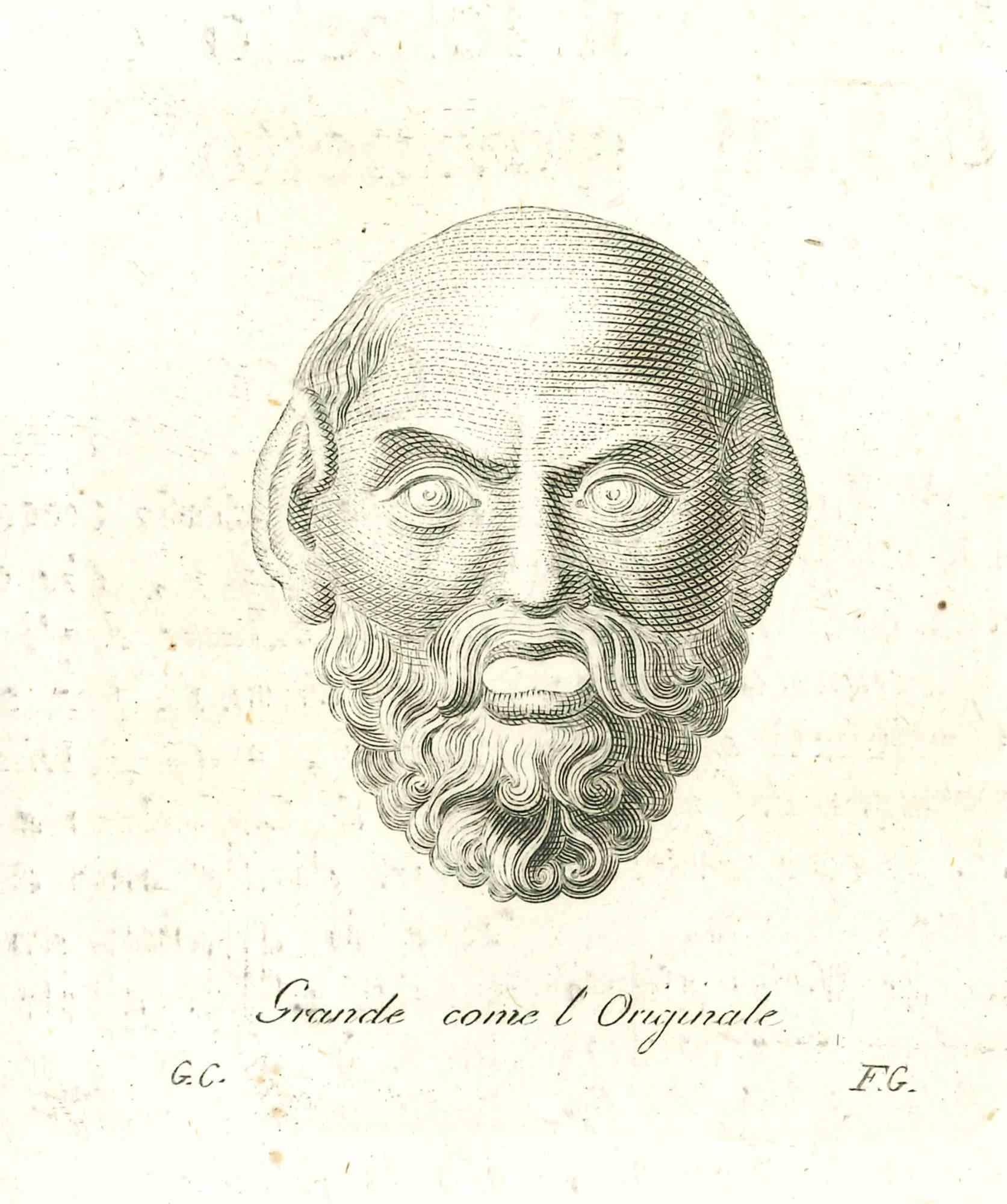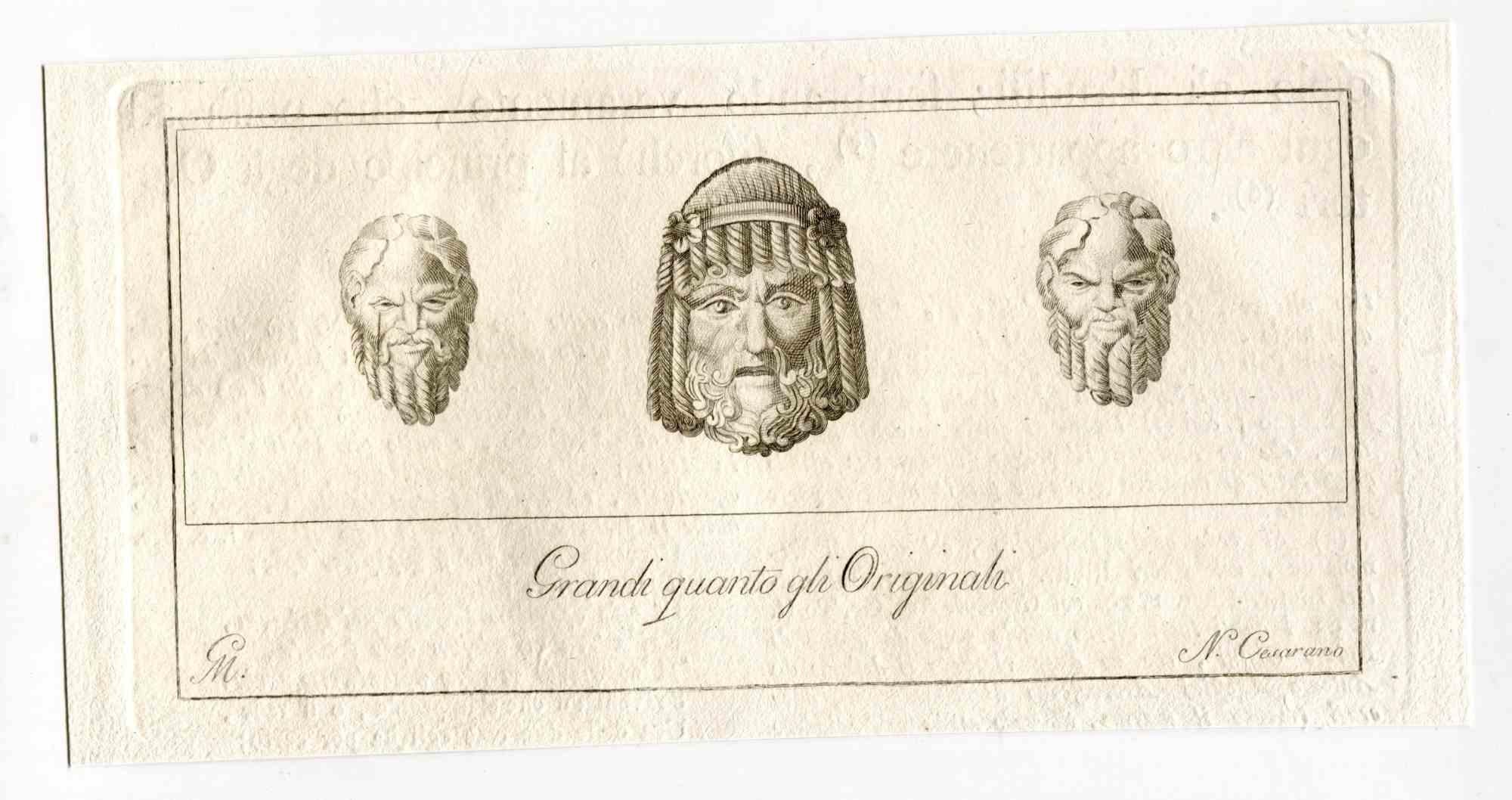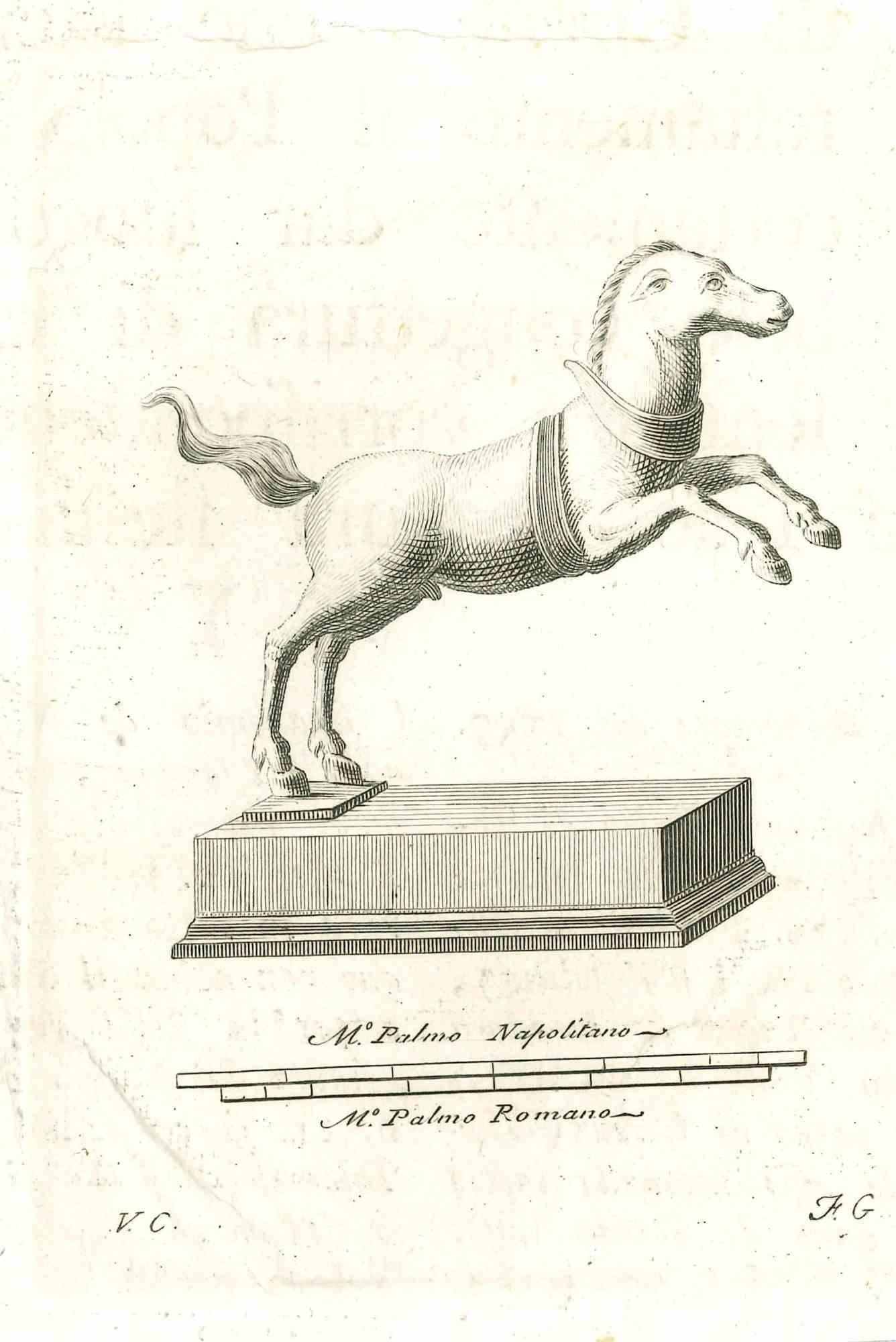Items Similar to Piazza Navona in Rome: A Framed Original 18th Century Etching by Barbault
Want more images or videos?
Request additional images or videos from the seller
Jean BarbaultPiazza Navona in Rome: A Framed Original 18th Century Etching by Barbault1762
1762
About the Item
This early 19th century etching entitled "Veduta di Piazza Navona sopra le rovine del Circo" was created by Jean Barbault (1718-1762) after a painting by Domenico Montagu (b?-1750), published in Rome in 1762. It depicts the Piazza Navona with its three fountains: Fontana dei Quattro Fiumi, Fontana del Moro and Fontana di Nettuno. La Fontana dei Quattro Fiumi (Fountain of Four Rivers for the figures depicting the Ganges, Nile, Danube and Rio de la Plata rivers) with its central obelisk was designed by Gian Lorenzo Bernini. The Plaza Navona was built on the prior site of the ancient Stadium of Domitian which was erected in the 1st century AD where Romans went to watch games. It was known at the time as "Circus Agonalis".
The etching is presented in a black wood frame with a light brown outer mat and a dark brown inner mat. There are several frame abrasions. The print and mats are in very good condition. The frame measures 24" high, 31" wide and 0.5" deep. The print is framed and matted in the identical style and color as another etching of ancient Roman architecture which depicts the Column of Trajan by Luigi Rossini. See item # LU117326144112. The pair would make an attractive and interesting display grouping of Roman architecture. A discount is available for the purchase of the pair of prints.
Jean Barbault (1718–1762) was a French painter, etcher and printmaker, who worked in Rome for most of his life. He was a follower of Giovanni Piranesi. He created engravings and etchings for publications documenting ancient Roman architecture: "Varie vedute di Roma antica e moderna" and" Monuments de Rome Ancienne".
Domenico Montagu was an Italian engraver and etcher who, like Barbault, was an admirer of ancient Roman architecture and a follower of Piranesi.
- Creator:Jean Barbault (1718 - 1762)
- Creation Year:1762
- Dimensions:Height: 24 in (60.96 cm)Width: 31 in (78.74 cm)Depth: 0.5 in (1.27 cm)
- Medium:
- Movement & Style:
- Period:
- Condition:
- Gallery Location:Alamo, CA
- Reference Number:
About the Seller
5.0
Vetted Seller
These experienced sellers undergo a comprehensive evaluation by our team of in-house experts.
Established in 2011
1stDibs seller since 2019
237 sales on 1stDibs
Typical response time: 1 hour
- ShippingRetrieving quote...Ships From: Alamo, CA
- Return PolicyA return for this item may be initiated within 7 days of delivery.
More From This SellerView All
- Column of Trajan in Rome: A Framed Original 19th C. Etching by Luigi RossiniBy Luigi RossiniLocated in Alamo, CAThis early 19th century etching entitled "Veduta dello scavo del Foro Trajano" was created by Luigi Rossini and included in his publication "Le Antichita Romane" (The Rome of Antiquity), published in Rome in 1823. It depicts the historical victory column of Trajan standing amidst the rubble of broken columns that remain around it. The etching is presented in a black wood frame with a light brown outer mat and a dark brown inner mat. There are several frame abrasions. The print and mats are in very good condition. The frame measures 27" high, 29.07" wide and 0.5" deep. The print is framed and matted in the identical style as the another etching of an ancient Roman landmark, the Piazza Navona, which is also listed on 1stdibs, see item # LU117326144172. The pair would make an attractive display grouping of Roman architecture. A discount is available for purchase of the pair of prints. Luigi Rossini (1790-1857) like his predecessors, Giovanni Piranesi (1720–1778) and Giuseppi Vasi (1710-1782), was an architect and artist. Like Piranesi and Vasi, he wanted to glorify the architecture of ancient Rome, which he felt was deteriorating and needed to be documented. Several of the ruins he illustrated have, in fact, since disappeared leaving only his images as a record of their appearance. His images of the grand edifices of the city dramatically depict the power and glory...Category
1820s Old Masters Figurative Prints
MaterialsEtching
- 19th Century Etching of the Ancient Caracalla Baths in Rome by Luigi RossiniBy Luigi RossiniLocated in Alamo, CAThis early 19th century etching entitled "Veduta dei Grandi Avanzi delle Terme Antoniane, o di Caracalla" (The baths of Caracalla) was created by Luigi Rossini and included in his pu...Category
1820s Old Masters Figurative Prints
MaterialsEtching
- 18th C. Piranesi Fireplace Designs based on Ancient Architectural StylesBy Giovanni Battista PiranesiLocated in Alamo, CAThese two Giovanni Battista Piranesi 18th century etchings of fireplace designs on one sheet is plate 6 from his publication 'Diverse Maniere d'adornare i cammini ed ogni altra parte degli edifizi desunte dall'architettura Egizia, Etrusca, e Greca con un Ragionamento Apologetico in defesa dell'Architettura Egizia, e Toscana, opera del Cavaliere Giambattista Piranesi...Category
Mid-18th Century Old Masters Figurative Prints
MaterialsEtching
- 18th Century Etching of Ancient Roman Architectural Objects by Giovanni PiranesiBy Giovanni Battista PiranesiLocated in Alamo, CAA. Tigna Protensa Super Media Epistylia, B. Praecisiones Tigorum Quaqua Versus Extrinsectus Apparentium, C. Opae Extremitates Tigorum Contintes, Fig. I, plate 88 from "Vasi, Candelab...Category
Mid-18th Century Old Masters Figurative Prints
MaterialsEtching
- A Framed 18th C. Piranesi Etching of an Ancient Marble Vase from Hadrian's VillaBy Giovanni Battista PiranesiLocated in Alamo, CAThis large framed 18th century etching by Giovanni Battista Piranesi is entitled "Vaso antico di Marmo adornato di eccellenti Sculture si nella parte anteriere che nell' opposta, le ...Category
1770s Old Masters Figurative Prints
MaterialsEtching
- Giovanni Piranesi Etching of Ancient Roman Architecture, 18th CenturyBy Giovanni Battista PiranesiLocated in Alamo, CA"Veduta del Sepolcro della Famiglia Plauzia per la Strada Che Conduce da Roma a Tivoli vicino a Ponte Lugano" from "Le Antichità Romane" (Roman Antiquities), one of the most famous works by Piranesi. "Antichita" illustrates the tombs along the Appian Way...Category
Early 18th Century Old Masters Figurative Prints
MaterialsDrypoint, Engraving, Etching
You May Also Like
- One Can't Tell Why - Proof from the Disasters of WarBy Francisco GoyaLocated in New York, NYFrancisco José de Goya y Lucientes (1746 Fuendetodos – Bordeaux 1828), No se puede saber por qué – One can’t tell why ca. 1808–1814, etching, burnished aquatint, drypoint, an...Category
1810s Old Masters Figurative Prints
MaterialsDrypoint, Etching, Aquatint
- Ancient Roman Fresco Herculaneum - Etching by Carlo Oratij - 18th CenturyLocated in Roma, ITAncient Roman Fresco from the series "Antiquities of Herculaneum", is an etching on paper realized by Carlo Oratij in the 18th Century. Signed on the plate. Good conditions. The e...Category
Late 18th Century Old Masters Figurative Prints
MaterialsEtching
- Antiquities of Herculaneum Exposed- Original Etching - 18th CenturyLocated in Roma, ITAntiquities of Herculaneum Exposed, original etching from the end of the 18th century, made by Various Old Masters. Good condition...Category
Late 18th Century Old Masters Figurative Prints
MaterialsEtching
- Ancient Roman Relief - Original Etching - 18th CenturyLocated in Roma, ITAncient Roman Relief, from the series "Antiquities of Herculaneum", is an original etching on paper realized by an anonymous Artista in the 18th century. ...Category
Late 18th Century Old Masters Figurative Prints
MaterialsEtching
- Ancient Roman Fresco - Original Etching - 18th CenturyLocated in Roma, ITAncient Roman Fresco from the series "Antiquities of Herculaneum", is an original etching on paper realized by an anonymous in the 18th Century. Signed ...Category
18th Century Old Masters Figurative Prints
MaterialsEtching
- Ancient Roman Statue - Original Etching by Vincenzo Campana - 18th CenturyBy Vincenzo CampanaLocated in Roma, ITAncient Roman Statue, from the series "Antiquities of Herculaneum", is an original etching on paper realized by Vincenzo Campana in the 18th Century. Signed on the plate on the low...Category
Late 18th Century Old Masters Figurative Prints
MaterialsEtching
